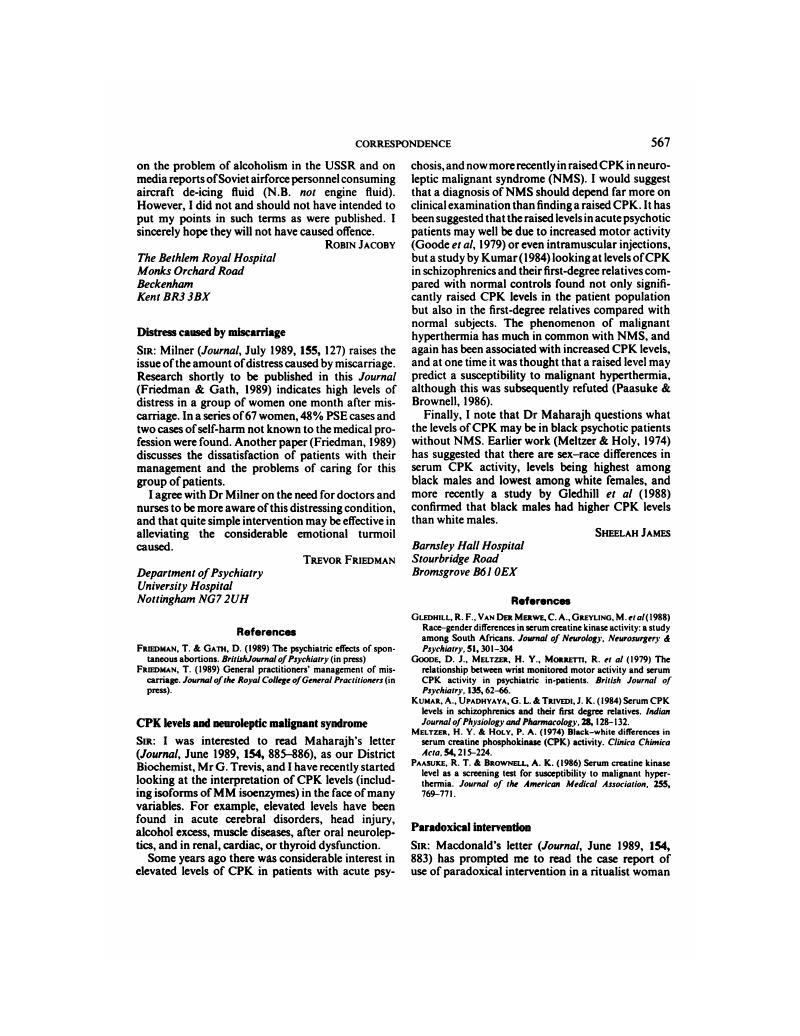Crossref Citations
This article has been cited by the following publications. This list is generated based on data provided by Crossref.
Lazarus, Arthur
Caroff, Stanley N
and
Mann, Stephan C
1991.
Beyond NMS: Management After the Acute Episode.
Psychiatric Annals,
Vol. 21,
Issue. 3,
p.
165.






eLetters
No eLetters have been published for this article.